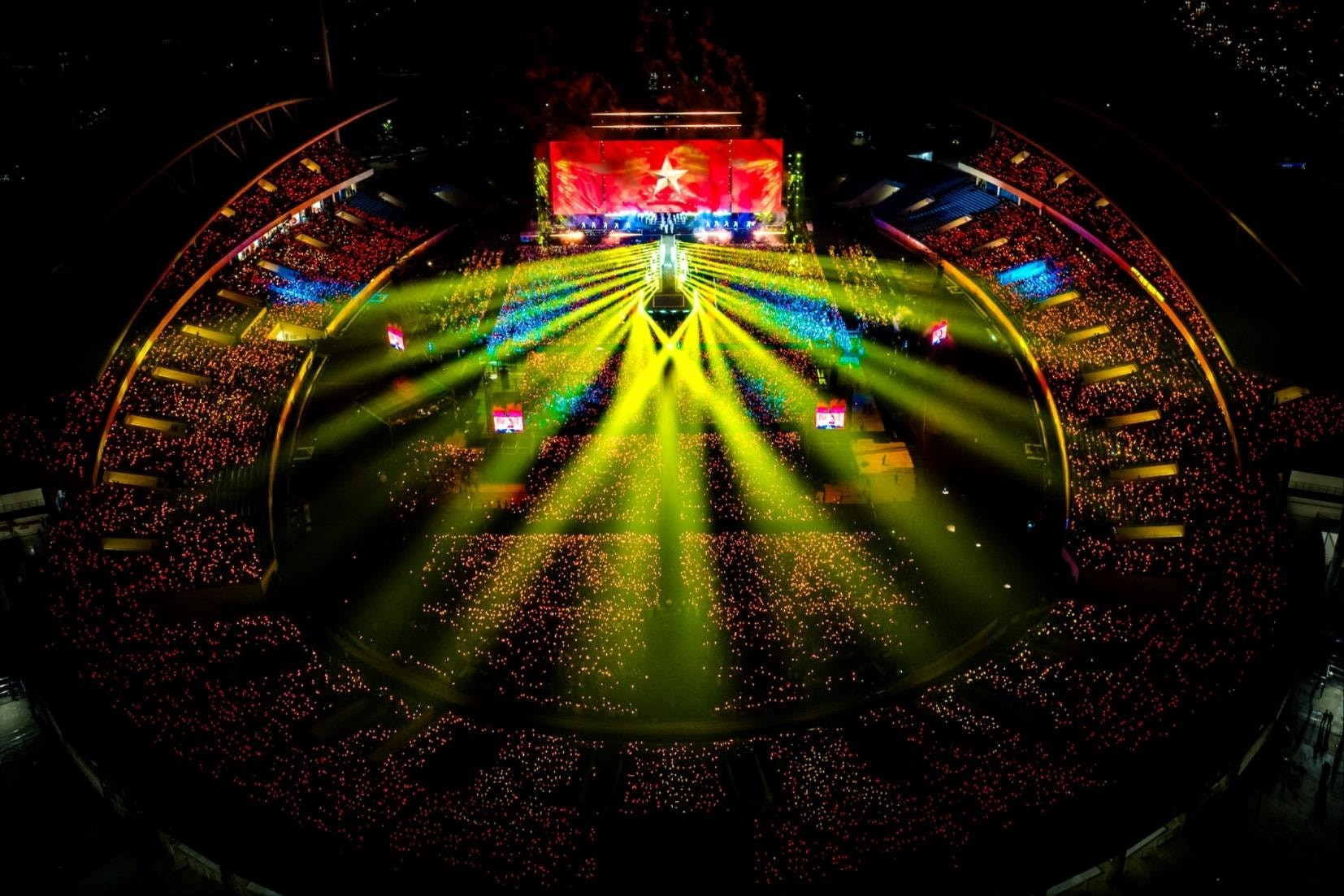
With the music show "Anh trai say hi" always selling out and generating high revenue, experts say this is one of the important cultural industries, contributing to bringing in large revenue for the night tourism economy . (Photo: Organizing Committee)
Nearly 200 delegates, including scientists , experts, managers and businesses in the fields of culture and tourism, recently participated in a roundtable discussion at the workshop “Cultural industry with sustainable tourism development in Vietnam in the context of international integration,” which took place on October 30.
A series of contents were "dissected" such as: The role of cultural industry in sustainable tourism development in Vietnam; Linking the value chain of cultural industry and tourism in the context of international integration; Exploiting indigenous cultural resources to build creative tourism products; Preserving cultural heritage and developing sustainable tourism; The role of performing arts, cinema and fashion in attracting international tourists...
The driving force of sustainable tourism
Delegates attending the workshop agreed that the cultural industry is not only a creative field but also a driving force for sustainable tourism development, contributing to spreading Vietnamese cultural values, enhancing competitiveness and national position in the process of deep international integration.
Professor, Dr. Dao Manh Hung, Chairman of the Vietnam Tourism Training Association, emphasized that the mutual relationship between the cultural industry and tourism is "two pillars that together create sustainable development values." According to him, tourism is the most effective promotional channel for the cultural industry, and at the same time, the cultural industry provides tourism with unique products imbued with national identity, contributing to enhancing the competitiveness of destinations.
Mr. Dao Manh Hung emphasized that one of the prominent trends today is focusing on producing original content. Because the world increasingly favors cultural products that are rich in identity, unique and different. Therefore, this is an opportunity for Vietnam to create products that are imbued with the "Vietnamese soul" from traditional culture.
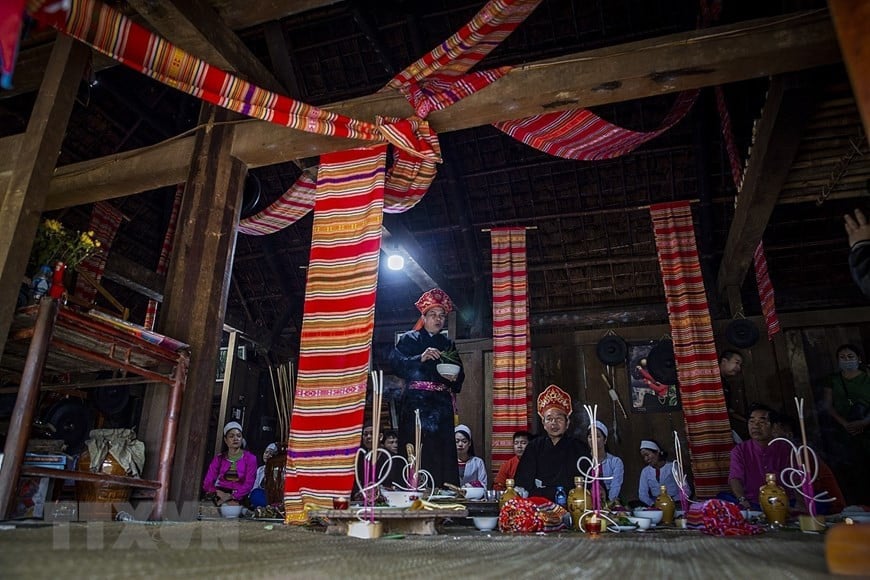
Preserving Mo Muong - the 'encyclopedia' of the Muong ethnic group - is a way to build tourism products with a distinct identity. (Photo: VNA)
Vice President of the Vietnam Tourism Association, Mr. Nguyen Hong Hai, Vice President of the Association affirmed that the combination of cultural industry and sustainable tourism is an inevitable direction in the strategy of developing a knowledge-based economy, green growth and heritage conservation.
This is also a major orientation affirmed by the Party and State in many important resolutions and strategies such as: Resolution No. 33-NQ/TW on building and developing Vietnamese culture and people; Strategy for developing cultural industries to 2030; Strategy for developing Vietnam tourism to 2030.
From those correct policies and guidelines, many cultural tourism, heritage tourism and creative tourism products have been formed and associated with famous local brands, contributing to spreading national cultural values to international friends such as: Hue Festival, Buon Ma Thuot Coffee Festival, Northwest Culture-Tourism Week, Central Highlands Gong Cultural Space...
However, Mr. Nguyen Hong Hai also pointed out the challenges that we will have to face if we want the cultural industry to truly become the driving force of sustainable tourism such as: lack of synchronous linkages between sectors; limited investment in creative technology and high-quality human resources; ineffective exploitation of cultural heritage associated with commercialization of culturally profound tourism products...
Meanwhile, Associate Professor, Dr. Pham Trung Luong commented that the development of cultural tourism in Vietnam is not commensurate with its position, and has not attracted the participation of cultural industry sub-sectors such as performing arts, handicrafts, fashion, etc. to help tourism and cultural industry develop more strongly.

Foreign tourists take photos with traditional Vietnamese Mid-Autumn Festival toys on Hang Ma Street. (Photo: VNA)
Turning Resources into Assets: Experts Offer Advice
To promote cultural potential and advantages, Mr. Pham Trung Luong said that one of the effective approaches is to develop the value chain of cultural tourism as a sub-sector of the cultural industry.
Because according to this expert, developing a "cultural tourism value chain" not only demonstrates the ability to economicize potential and cultural advantages (turning resources into assets), but also connects tourism and culture to not only bring benefits to general development but also make positive contributions to the development of cultural industry sub-sectors, especially creating more job opportunities and increasing income for participants, both directly and indirectly.
As one of the localities with the most concentrated tangible and intangible cultural heritage in the Northern region (more than 5,000 historical and cultural relics, second only to Hanoi), Director of Ninh Binh Department of Tourism, Dr. Bui Van Manh said that with such abundant resources, the province has recently implemented many ways to develop cultural tourism, thereby promoting the development of cultural industry.
According to Mr. Manh, “whether cultural tourism can develop or not depends on the locality, thereby creating a synergistic force to develop the cultural industry of the whole country. Ninh Binh is building a policy to support the organization of large-scale cultural and musical events, souvenirs…”
To strengthen the mutual relationship between cultural industry and sustainable tourism, Mr. Nguyen Hong Hai suggested focusing on building a cultural industry ecosystem associated with the tourism value chain of each locality based on unique cultural identity, creativity and application of digital technology; effectively exploiting Vietnam's tangible and intangible heritages, combining art, cinema, cuisine, fashion, music; promoting digital transformation in promoting unique tourism and cultural products to the world, creating a platform for interaction between tourists-artists-businesses; strengthening international cooperation, learning from experiences from countries with outstandingly developed cultural industries.

International tourists visit relics in Ninh Binh. (Photo: Xuan Mai/Vietnam+)
Participating in giving suggestions for solutions for developing cultural industries in Vietnam, coming from a country with a developed cultural industry in the region, Professor Kim Si Bum (Academy of Cultural Industries, Gyeongkuk National University, Korea) said that combining culture and tourism is very important, but there is still a difference between a cultural city and a tourist city.
The professor emphasized that the purpose of tourism is to attract tourists from all over the world to experience unique local cultures that they do not have. Therefore, the core of sustainable tourism is not to destroy or erode traditional cultural values in the locality just for the purpose of economic development.
Meanwhile, Director of the Institute of Cultural Industry Research, Peking University and Chairman of the UNESCO Rural Creative and Sustainable Development Program, Professor, Dr. Huong Dung, suggested three short-term, medium-term and long-term visions for Vietnam to refer to.
In the short term, according to Professor Huong Dung, it is necessary to arrange indigenous cultural resources, build a data warehouse and exploit small local stories. In the medium term, it is necessary to build a mechanism to develop regenerative products. In the long term, according to him, Vietnam must build a whole-chain ecosystem of the cultural industry, promoting integration in the regional cultural circle./.
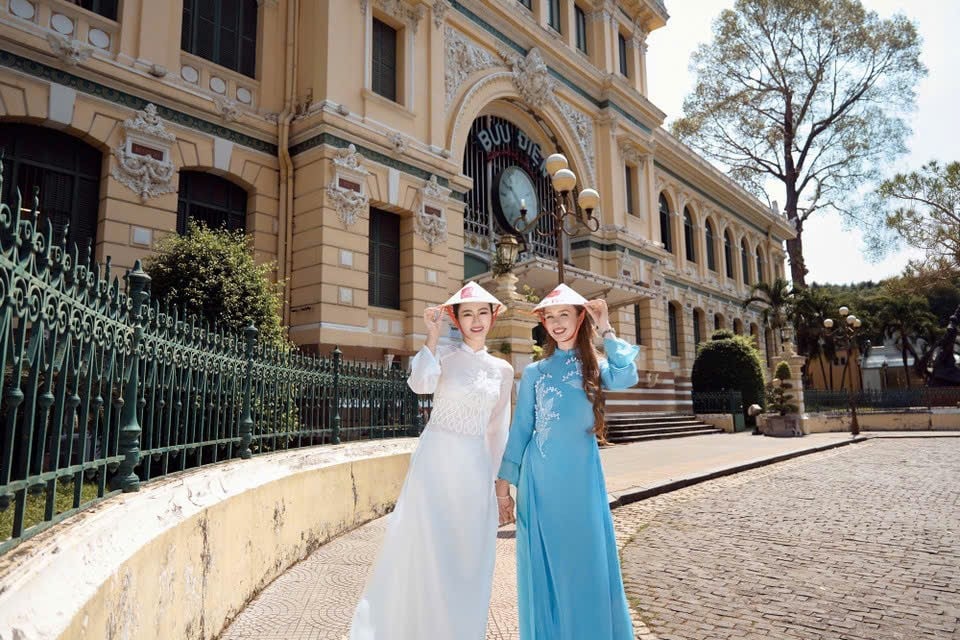
Miss World Scotland 2024 explores iconic destinations in Ho Chi Minh City. (Photo: CTV/Vietnam+)
(Vietnam+)
Source: https://www.vietnamplus.vn/cong-nghiep-van-hoa-bat-tay-du-lich-ben-vung-de-bien-tai-nguyen-thanh-tai-san-post1073849.vnp




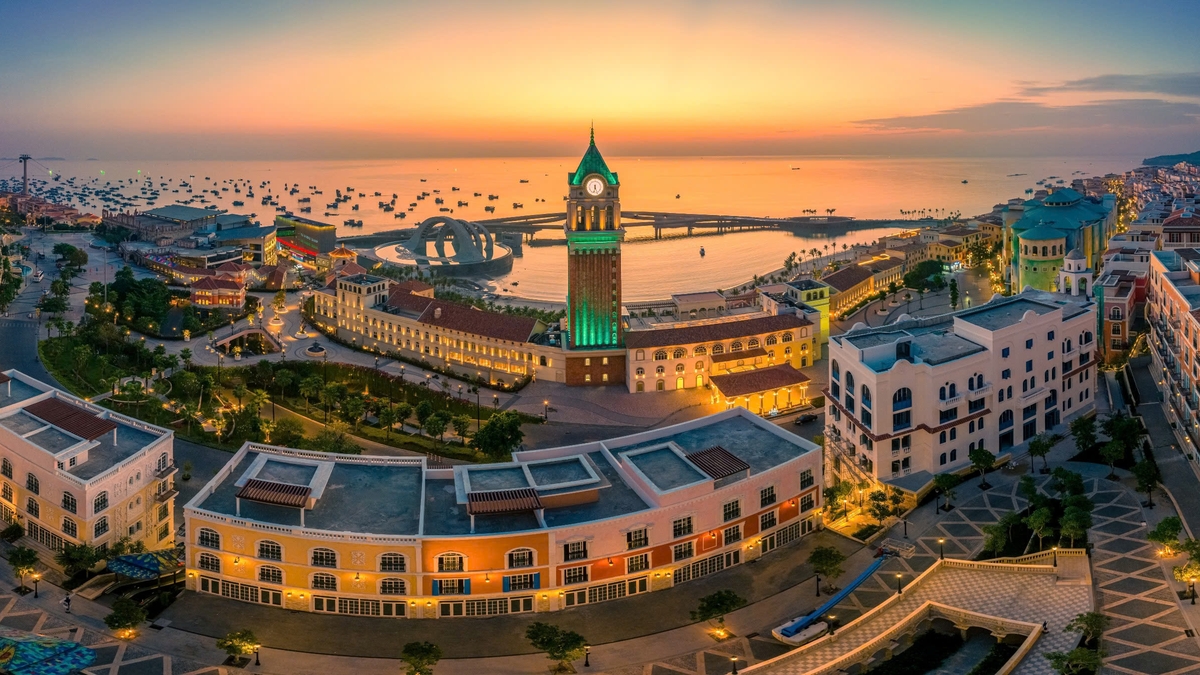
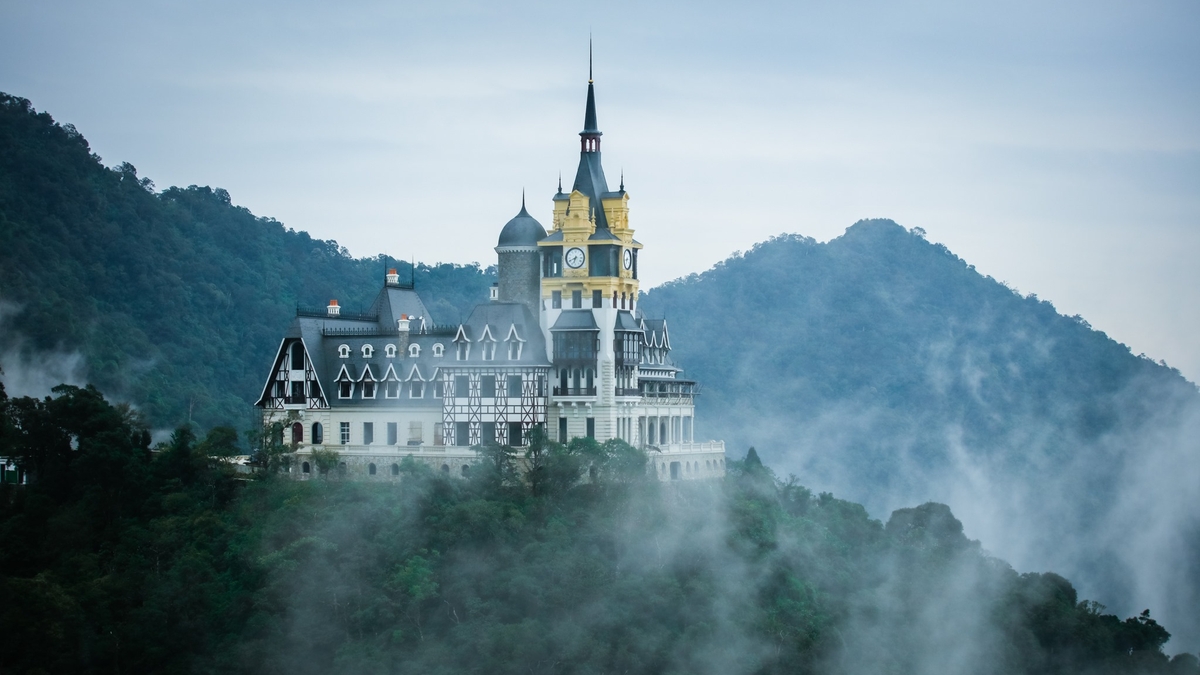




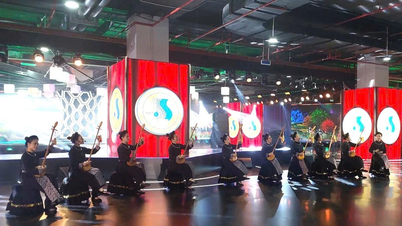
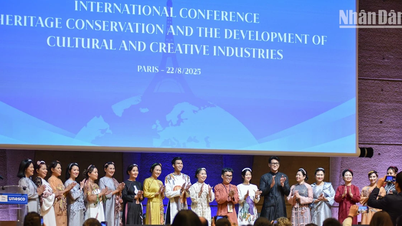


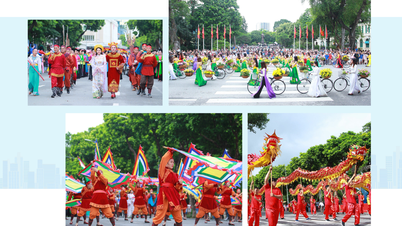



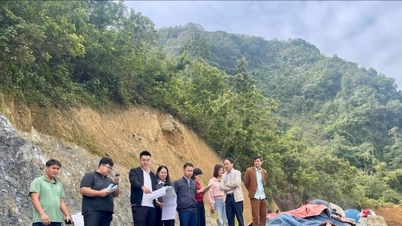

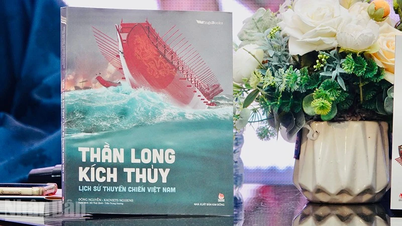
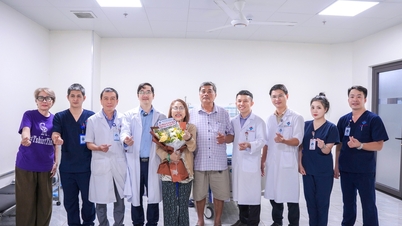



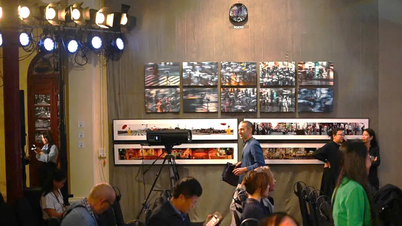






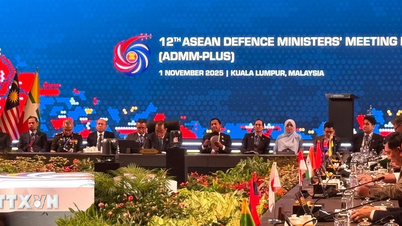


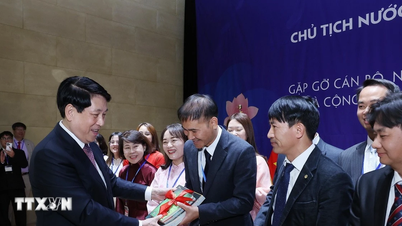
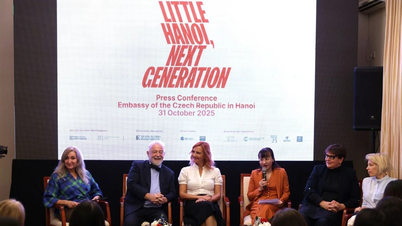





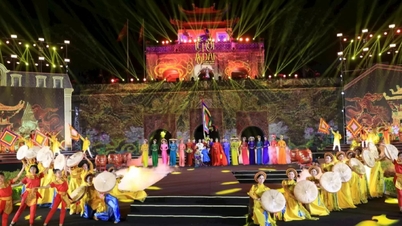
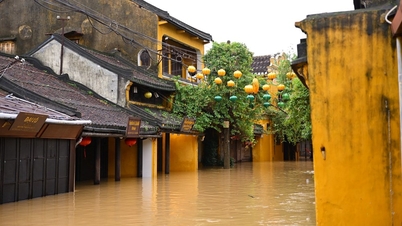

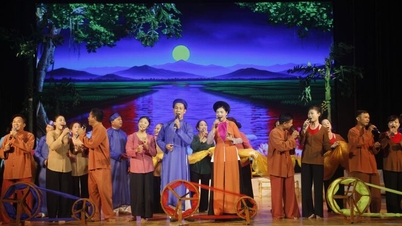




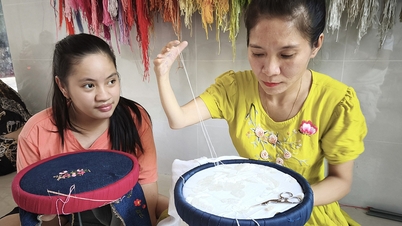




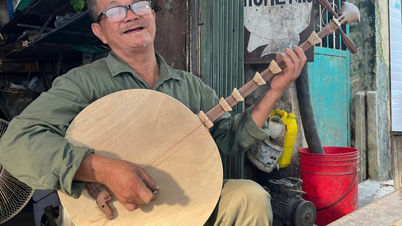








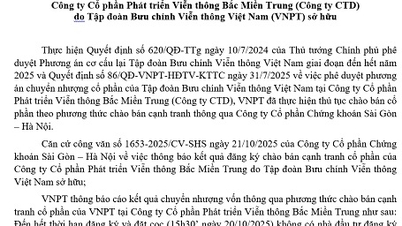
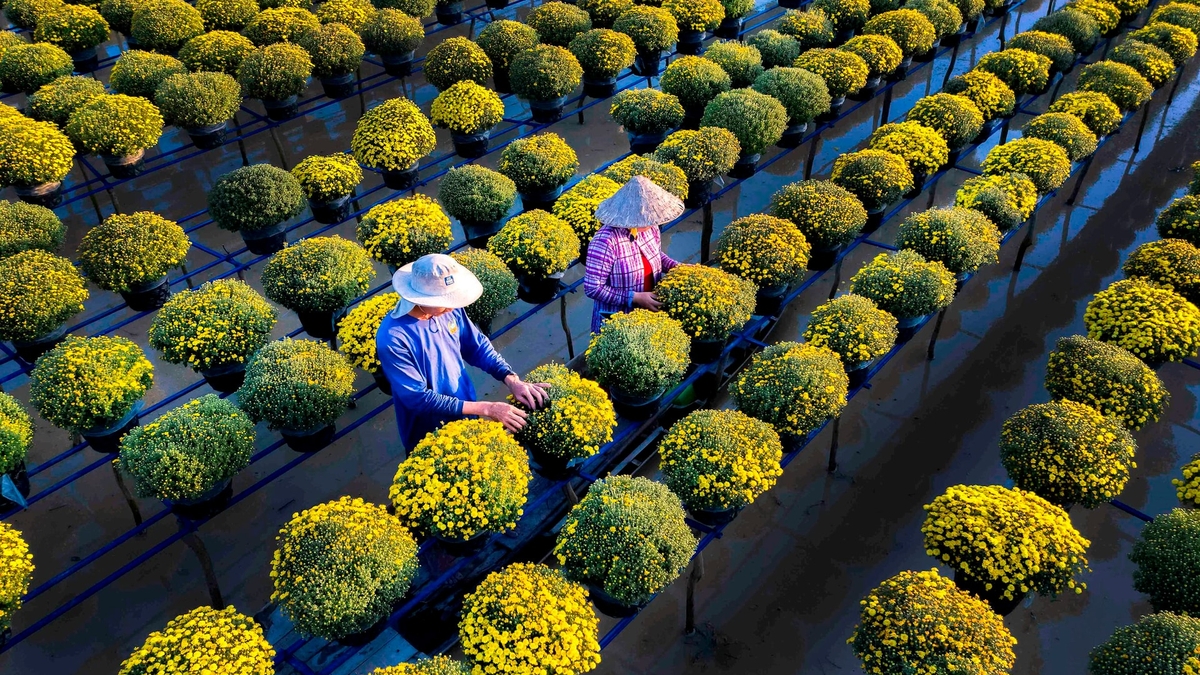




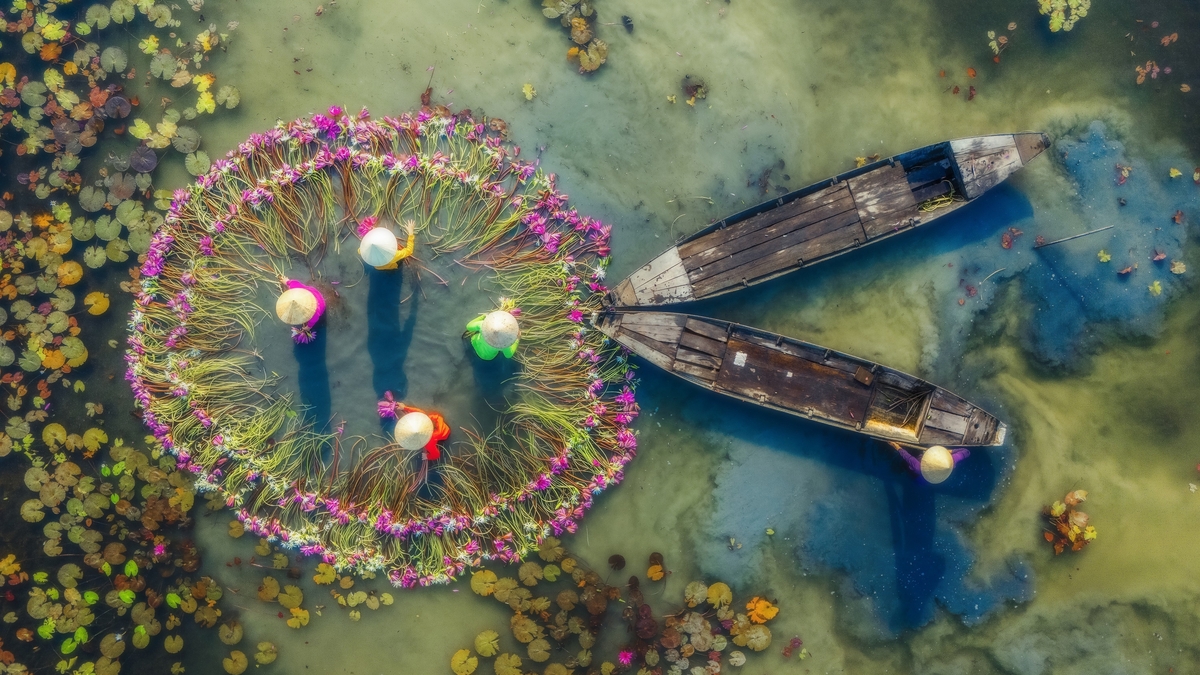





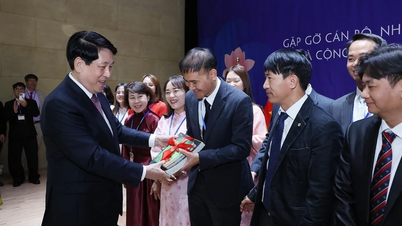


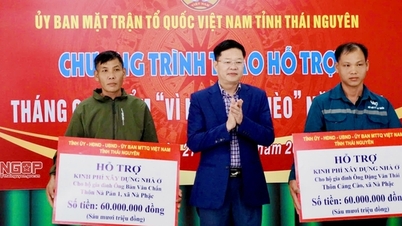

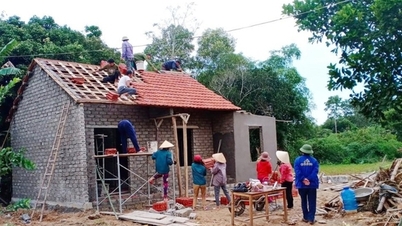


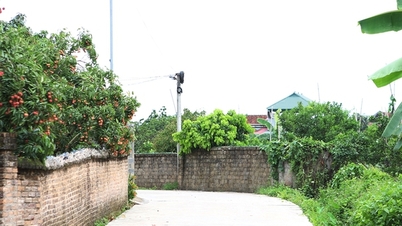
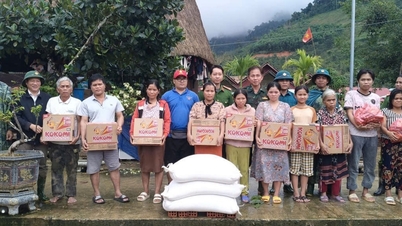





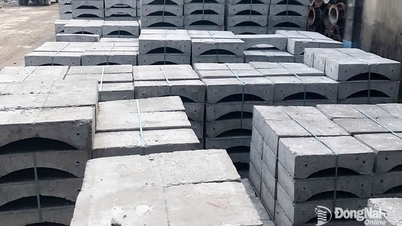

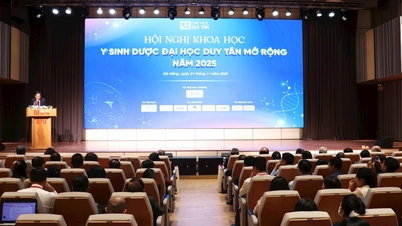
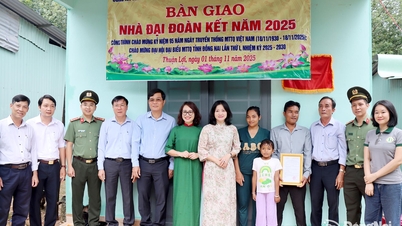














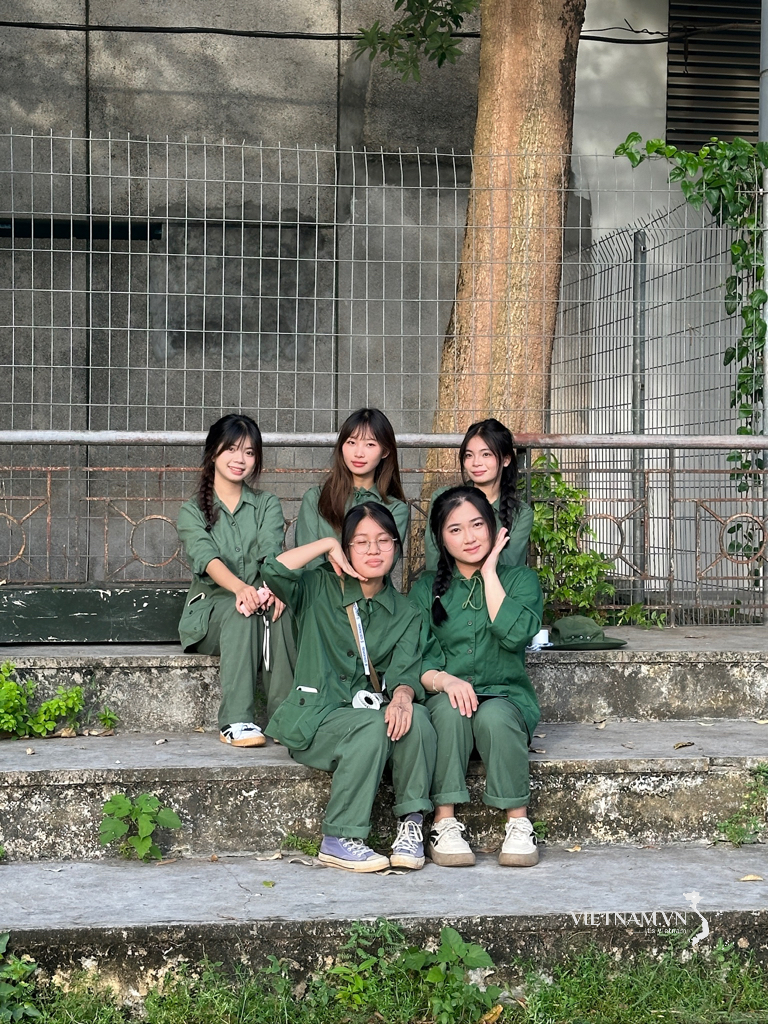
Comment (0)